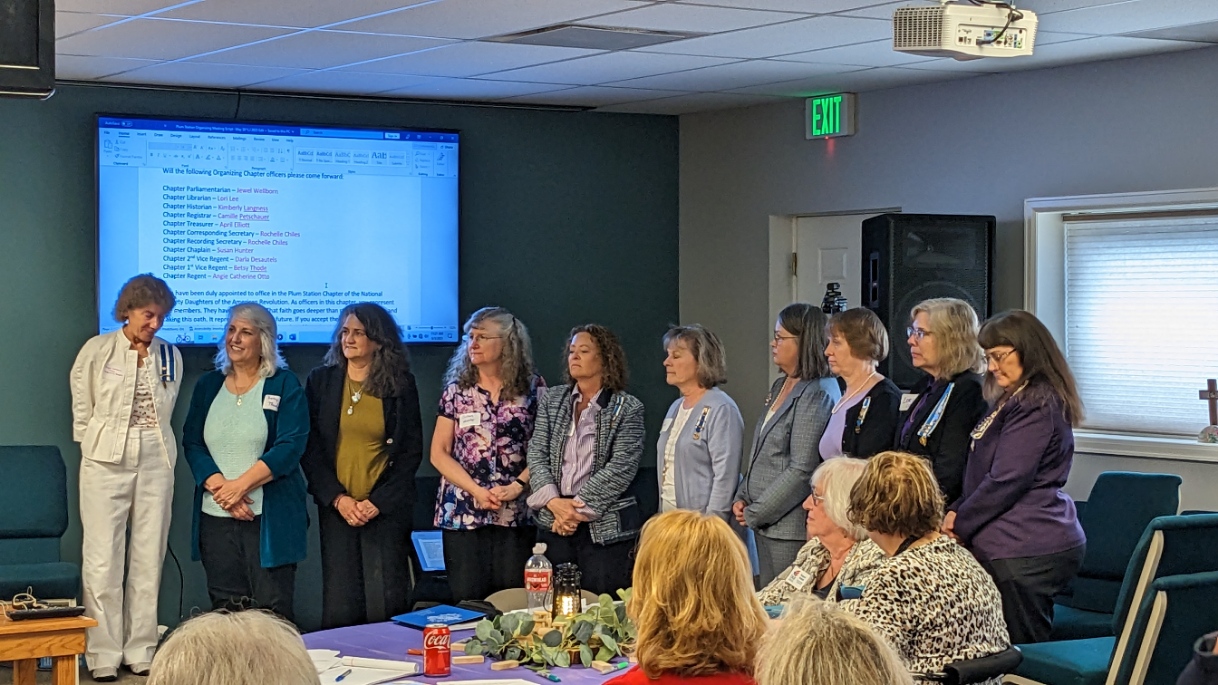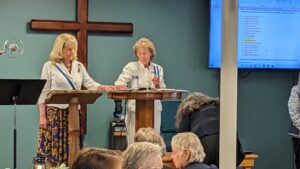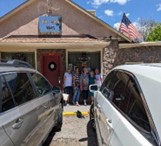Sedalia WSD’s water sources lie within the Town of Sedalia, which is located in northwestern Douglas County, 8 miles northwest of Castle Rock, the county seat, and 24 miles south of downtown Denver. According to the United States Census Bureau, Sedalia has a total area of 1.4 square miles (3.5 km2), all of it land. Sedalia is in the valley of Plum Creek, a north-flowing tributary of the South Platte River
John H. Craig established Sedalia, CO first in 1859 when he staked a claim and built a circular corral at the junction of East and West Plum creeks. His pioneer claim soon became an area landmark along the First Territorial Road (1864) and was known by local settlers and travelers as “Round Corral.” In 1869, John H. Craig sold his claim to Jonathan House, who renamed the site “Plum” based on the local creek by that name, which in turn was named after the considerable number wild plum trees growing in the lowlands at that point. When the narrow-gauge Denver & Rio Grande Railway reached this point in 1871, the officials naturally listed the growing village in their timetables as “Plum Station,” and through their subsidiary land company, later filed a plat for the “Town of Plum” on 25 Aug 1873.
One of the early settlers in the area, Henry Musick Clay, had moved there from Pettis, MO in 1859, and with the coming of the new railroad, laid in a stock of supplies to sell to the railroad construction crews. When the first post office was established on 8 April 1872, Clay was named first postmaster, and had arranged for the new post office to be named “Sedalia,” reportedly in honor of Sedalia, Pettis, MO. Accordingly, while the railroad continued to call the site Plum or Plum Station, the local post office was instead always officially known as “Sedalia” from its inception. Finally, some ten years later, the town was officially re-platted on 1 May 1882 and renamed “Sedalia” to honor first postmaster Henry Clay and his “hometown” of Sedalia, MO. Even more importantly, this belated change finally resolved the lingering confusion between the post office name and railroad station name.
While new communities are being developed on either side of Sedalia, the tiny community has managed to keep many of its quaint qualities. Several older buildings and homes remain in the area and a few craft shops and restaurants are all within walking distance of the town’s heart — the old rail line (Colorado Come to Life).




